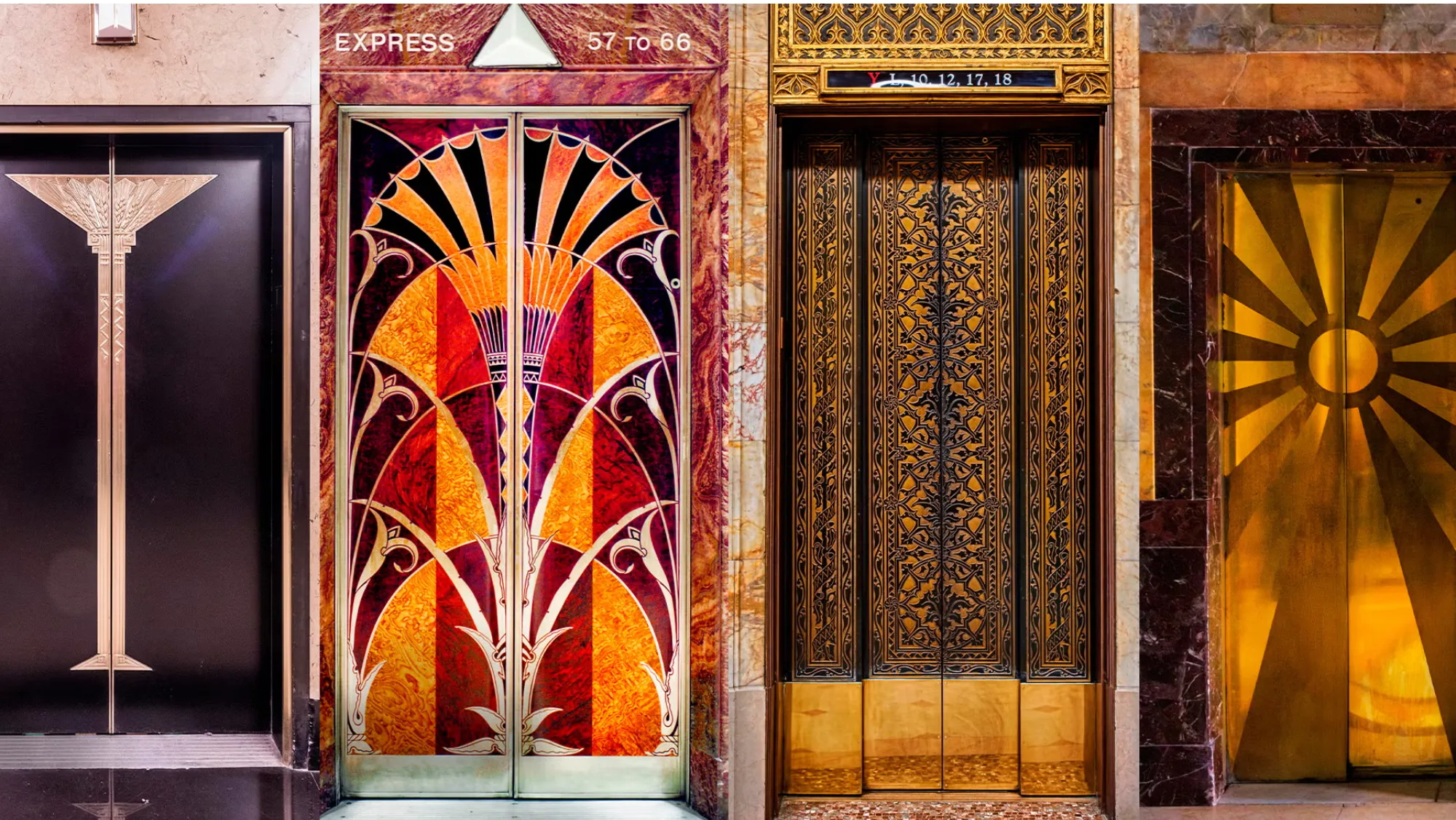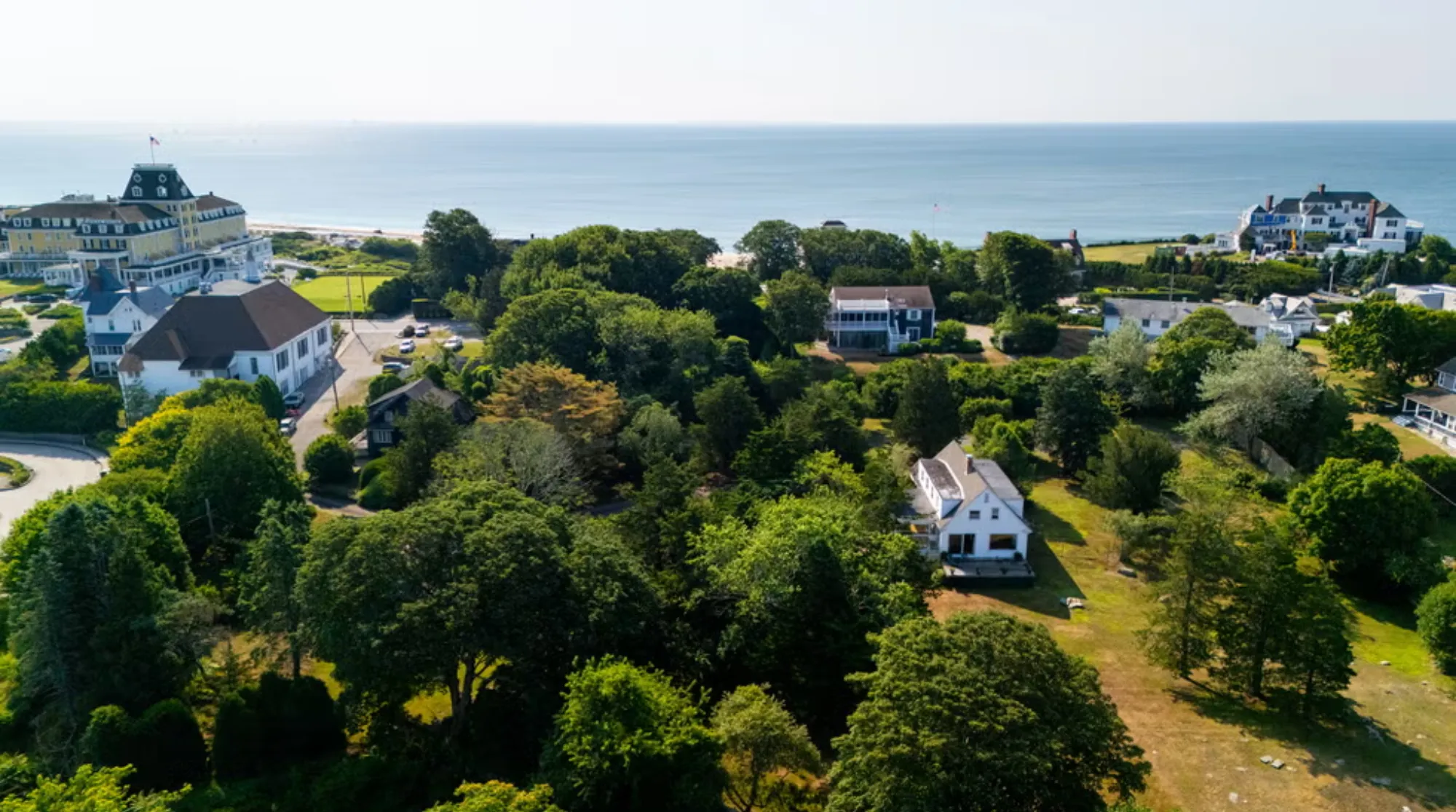
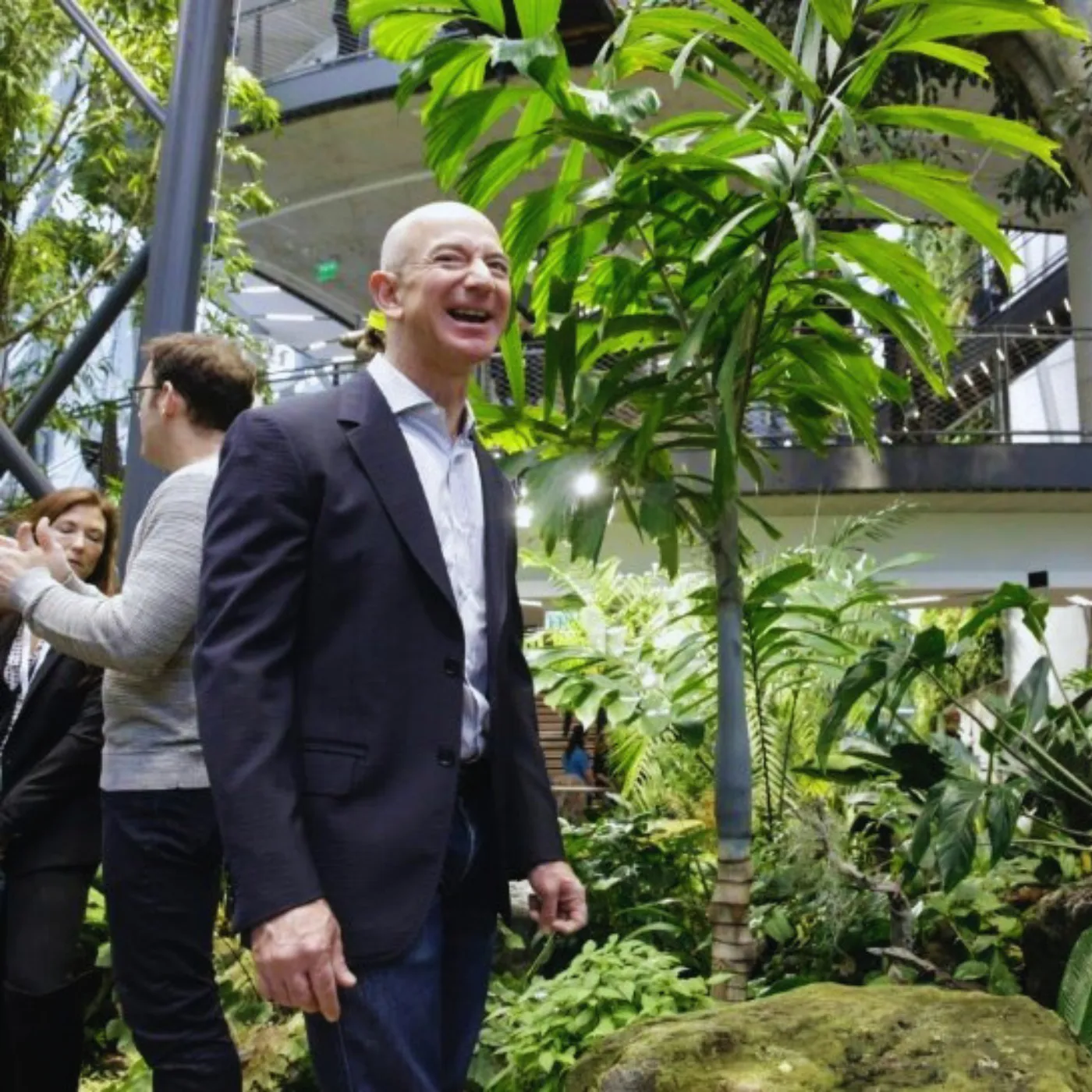
Jeff Bezos Unleashes Big Green Push in Peru Sparking Accusations of PR Hype
In a world where billionaires are increasingly scrutinized for every dollar they spend, Jeff Bezos and Lauren Sánchez Bezos have thrown down the gauntlet in the Amazon. But this time, it’s not the e-commerce giant—it’s the actual Amazon rainforest, more specifically Peru’s vast green frontier.
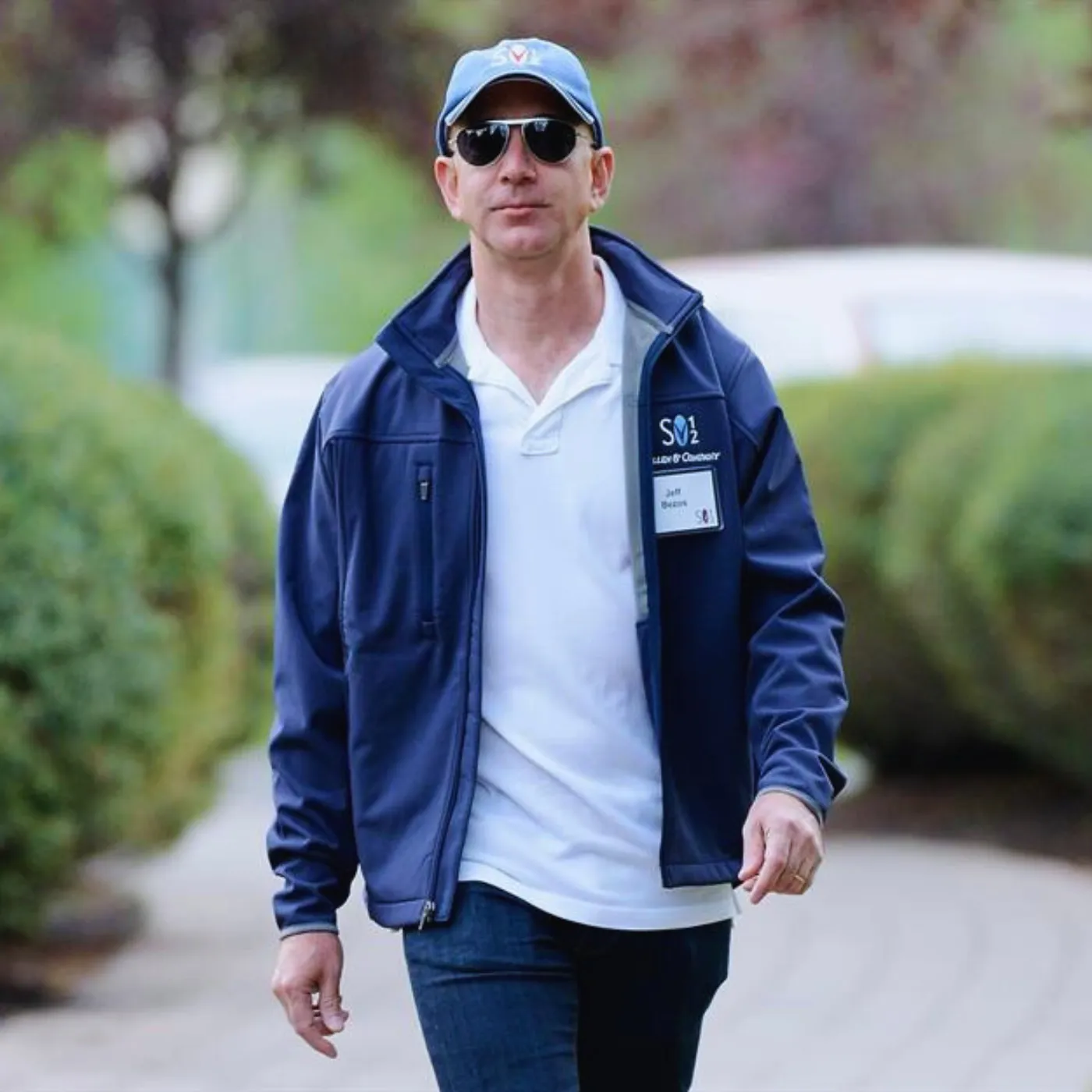
Is it a grand gesture of environmental heroism? A slick PR maneuver? Or a little of both?
This is the story of how the world’s third-richest man and his high-profile partner are betting on the Peruvian rainforest, drawing praise, side-eye, and plenty of speculation in equal measure.
A High-Stakes Green Promise
When news broke that Jeff Bezos was pledging millions to preserve the Peruvian Amazon, the reactions were immediate and divided. Social media lit up with memes, hot takes, and hashtags praising the move as “visionary,” while others dismissed it as “greenwashing on a platinum scale.”
Jeff Bezos, who once famously said, “We need to go to space to save Earth,” seems to have realized that there’s plenty to save right here. Peru’s rainforest is home to unparalleled biodiversity, storing massive amounts of carbon and serving as a frontline defense against climate change.
His fund’s involvement is no small potatoes. We’re talking tens of millions in direct support, with promises of long-term funding aimed at slowing deforestation, empowering local communities, and safeguarding endangered wildlife.
What Exactly Are They Funding?
While the glossy press releases talk about saving the rainforest, the details are more granular—and to some critics, more controversial.
Key projects funded by the Bezos Earth Fund in Peru include:
Community-Led Conservation: Working with local indigenous groups to secure land rights and build sustainable businesses that don’t rely on logging or mining.
Satellite Monitoring: Advanced tech to track deforestation in real time. Critics argue it can lead to heavy surveillance without addressing root causes.
Reforestation Programs: Planting millions of native trees. Yet skeptics note that many “offset” projects have a spotty track record.
Biodiversity Research: Funding for scientific studies of endangered species.
While these investments sound noble on paper, there’s debate over execution. Local NGOs have warned about top-down solutions that don’t always consult communities. Some indigenous leaders welcome the money but want more control over how it’s spent.
The Lauren Sánchez Factor
Let’s not ignore the headlines featuring Lauren Sánchez Bezos, who isn’t just tagging along for photo ops.
Lauren has taken on a high-profile role in the Bezos Earth Fund, presenting herself as a fierce advocate for climate causes.
In fact, their recent visit to Peru wasn’t just a celebrity jaunt. Sources say Lauren led strategy meetings with environmental NGOs and local community leaders, showcasing the couple’s serious commitment—or at least a highly polished version of it.
She’s also been the face of much of the PR campaign, sharing glamorous shots from the rainforest and championing conservation in interviews. This approach is divisive.
Critics call it performative. Supporters say it’s smart PR that brings attention and donations to issues that rarely get mainstream coverage.

The Money Question
Let’s be real. When Jeff Bezos does anything with his money, it triggers debate.
The Bezos Earth Fund has committed $10 billion over a decade for climate initiatives worldwide. Peru is just one of many fronts.
But here’s the thing: Bezos’s personal wealth is estimated at over $190 billion. Even generous donations amount to a fraction of his fortune.
That math fuels the greenwashing accusations. Critics argue Bezos built his fortune on a retail empire that burned carbon like there’s no tomorrow, with warehouses, delivery fleets, and data centers all leaving massive footprints.
Supporters counter that if even the most carbon-heavy billionaire is forced to go green, it’s proof of how powerful the climate movement has become.
It’s a messy debate with no easy answers—and one that’s catnip for social media.
Why Peru?
Good question. Peru is home to the second-largest stretch of the Amazon rainforest, behind Brazil.
Unlike Brazil’s heavily monitored Amazon policies, Peru’s regulations are looser, enforcement is weaker, and illegal deforestation is harder to track. This makes it both vulnerable and a massive opportunity for impact.
Bezos’s team claims they picked Peru for its “undervalued conservation potential.” In reality, it’s also a chance to score a major win in a country eager for international support but not yet overrun with big NGO projects.
This is both strategic and controversial.
Critics fear foreign billionaires imposing plans without truly understanding local cultures or economic realities. Even well-meaning efforts have a history of failing or backfiring.
Media Buzz and Celebrity Glow
Let’s not mince words. This Peru move was brilliant PR.
Photos of Jeff and Lauren in jungle boots trekking through the canopy. Smiling with indigenous leaders. Giving rousing speeches about “Earth’s lungs.”
It’s all extremely photogenic.
The couple’s social media posts got millions of likes and shares. The story ran everywhere from The Washington Post (ironically, owned by Bezos) to BuzzFeed.
Some netizens accused them of using Peru as a “backdrop for influencer shots.” Others applauded them for finally spending money on something besides yachts and rockets.
The Environmental Movement Reacts
The environmental community is deeply split.
Big green groups like WWF and Conservation International have cautiously praised the donation, calling it “a strong step” and “much-needed funding.”
But smaller, grassroots organizations in Peru have sounded alarms. They worry money will flow to global NGOs while locals get crumbs.
There’s also the fear that corporate-backed conservation often ends up displacing traditional land users.
And yet, even critics admit Bezos’s cash can’t be ignored. Peru’s government is underfunded. Conservation budgets are tiny. Illegal logging and mining are rampant.
Even imperfect help is, for many, better than none.
Jeff Bezos’s Strategy of Philanthropic Shock and Awe
If you look at the Bezos Earth Fund’s broader plan, it’s all about making big, showy bets that force change.
They don’t dribble out tiny grants. They promise hundreds of millions at a time, aimed at drawing global headlines and pushing other donors to step up.
Peru is a textbook case.
Critics say this approach risks oversimplifying complex problems.
Supporters say it’s the only way to shake a stagnant system awake.
Either way, it’s very Jeff Bezos—massive scale, high-risk, high-reward.
Lauren Sánchez Bezos as Climate Brand Ambassador
Lauren isn’t just playing second fiddle.
She’s emerged as the public face of their green efforts, leveraging celebrity interviews, high-fashion shoots in the rainforest, and social media takeovers.
It’s carefully crafted—but undeniably effective.
Some environmentalists wince at the gloss. But the undeniable reality? Her posts get millions of views, far more than any NGO press release ever could.
That reach matters when you’re trying to get the world to care about Peru’s forests.
Can Money Really Save the Amazon?
Here’s the uncomfortable truth:
Billions have been poured into Amazon conservation for decades.
Results have been mixed. Corruption, political upheaval, and lack of enforcement make progress hard.
Bezos and Lauren are betting they can do it differently—with big dollars, big data, and big media buzz.
It’s a strategy some call audacious. Others call it arrogant.
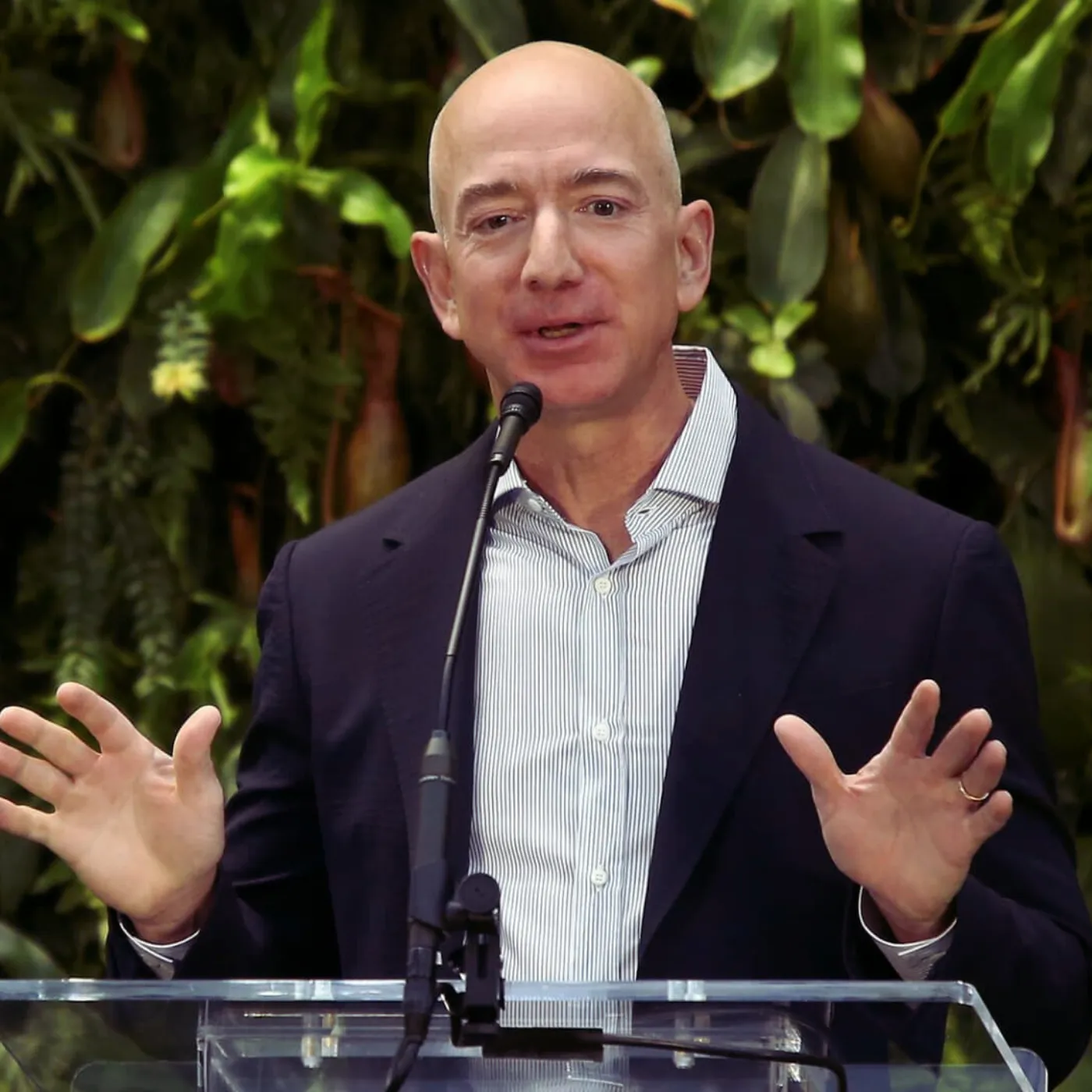
Bottom Line
So what’s the verdict on Jeff Bezos and Lauren Sánchez Bezos helping protect Peru’s rainforest?
Is it green heroism? Greenwashing? A bit of both?
Probably.
But here’s the thing: The Peruvian Amazon is burning. Illegal loggers are advancing. Climate change is accelerating.
Any money—especially this much—makes a difference.
Even if it’s partly a publicity stunt, even if it boosts Jeff Bezos’s image, even if it makes Lauren Sánchez Bezos the new face of conservation influencer culture…
It might still save trees.
And in the end, that’s something everyone—even the loudest critics—has to grapple with.








